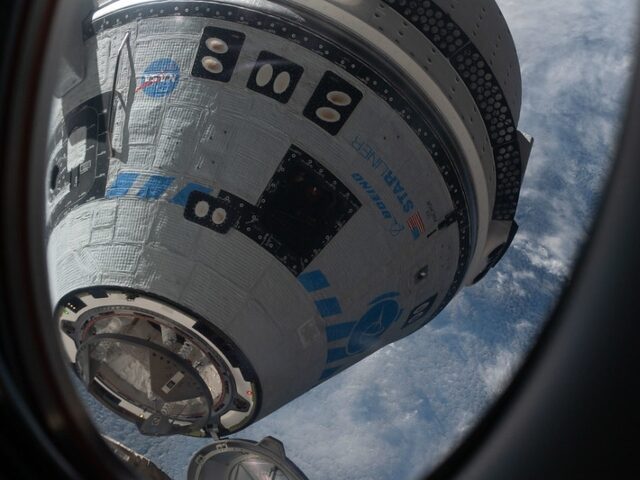How NASA will bring astronauts Sunita Williams and Butch Wilmore home remains uncertain as they continue their extended stay on the International Space Station (ISS) due to ongoing issues with Boeing’s Starliner spacecraft. Despite the uncertainty, the pair are making the best of it in their temporary home in low Earth orbit.
BBC News reports that Williams and Wilmore, who were originally scheduled for an eight-day mission to the ISS, have now been in space for over two months. The prolonged stay is a result of concerns about the safety of their return journey aboard Boeing’s Starliner spacecraft. During a recent NASA media briefing, senior officials revealed that the Starliner’s propulsion system has been experiencing leaks and thruster shutdowns despite extensive ground testing.
The physics behind the thruster issues remains unclear, and while in-orbit testing has shown improved performance, engineers have yet to gain full confidence in the system. As a result, the likelihood of Williams and Wilmore returning to Earth in the Starliner has decreased. One potential scenario involves sending the spacecraft back autonomously, without the astronauts on board.
Ken Bowersox, NASA’s director of space operations, acknowledged, “Our chances of an uncrewed Starliner return have increased a little bit based on the way things have gone over the last week or two.”
If the Starliner does return empty, NASA plans to send a SpaceX Crew Dragon spacecraft with two astronauts to the ISS. Williams and Wilmore would then remain on the station until February 2025, returning with the Crew Dragon team. This would leave the ISS with its regular complement of seven crew members – four astronauts and three Russian cosmonauts.
Despite the challenges, the astronauts remain in good spirits. “The astronauts are happy as clams up there,” says Ken Kremer, founder and editor of space news website SpaceUpClose. The ISS is well-equipped, with ample water and food supplies, and the recent resupply mission has ensured that the crew has more than enough resources.
By subscribing, you agree to our terms of use & privacy policy. You will receive email marketing messages from Breitbart News Network to the email you provide. You may unsubscribe at any time.
Williams and Wilmore, both highly experienced astronauts, have been making the most of their extended stay by assisting with daily tasks, fixing spacesuits, running experiments, and even participating in Olympic training. Their expertise has proven invaluable in testing the Starliner and maintaining the station’s systems.
This situation is not unprecedented in the history of space exploration. In 1991, Soviet cosmonaut Sergei Krikalev found himself in a similar predicament when the Soviet Union collapsed during his mission on the Mir space station. Despite the political turmoil on Earth, Krikalev and his colleague, Aleksandr Volkov, continued to receive supplies and support from mission control.
As space missions become more complex and ambitious, such as the upcoming Artemis II mission piloted by Victor Glover, it is crucial to remember that space travel is still no easy feat. Glover emphasizes, “We would be doing a disservice to our profession and to the public if we made it seem like what we do is routine.”
Read more at BBC News here.
Lucas Nolan is a reporter for Breitbart News covering issues of free speech and online censorship.

COMMENTS
Please let us know if you're having issues with commenting.